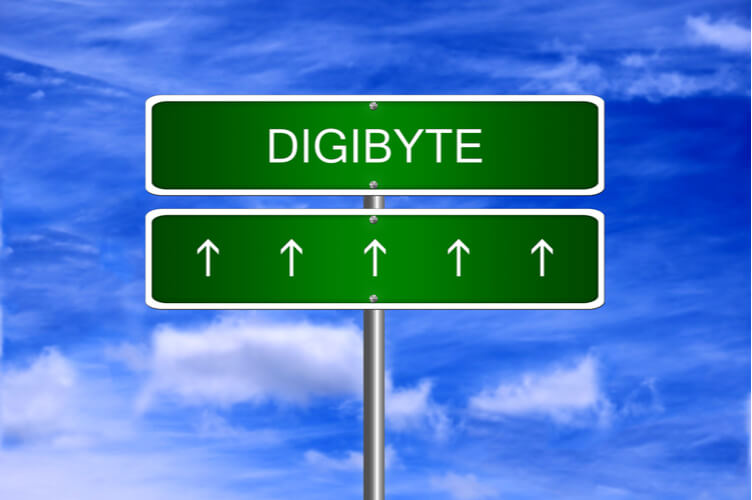.jpg)
On January 10, 2018, DigiByte became four years old and celebrated with an almost 1,000% surge compared to December 2017.
After some initial hype in June 2017, Digibyte (DGB) had been flying under the radar until December, when it rose from around $0.01 to $0.07, continuing that growth well into January 2018, touching a high of $0.14.
DigiByte is essentially designed to be used as a transactional currency for day-to-day exchanges which require fast speeds and low fees. While this might not seem remarkable on its own, it is a positive factor given how currencies such as Ether and Bitcoin are currently facing serious scalability issues.
DigiByte also lays claim to having the longest UTXO blockchain in the world, i.e. more transactions have been committed on their blockchain than any other. If you compare the speeds of DigiByte and Bitcoin (BTC), it takes Bitcoin on average 10 minutes to verify a block in its blockchain whereas it takes DigiByte only about 15 seconds. Similarly, Bitcoin can handle 7 transactions a second while DigiByte can handle 560 and the number is scheduled to double every 2 years.
Bitcoin, and to a lesser extent Ethereum, have been questioned recently on their respective abilities to handle large volumes of transactions, both economically and at the required speeds, to truly be viable currencies. While both of these coins are working on solutions, DigiByte has managed to avoid them all together so far.
Speed isn't DigiByte’s only advantage, it also claims to be the most secure and decentralized blockchain. Where most cryptocurrencies are mined using one algorithm, DigiByte uses multi-algorithmic mining, which utilizes five different languages. This results in more decentralization and security (increased resilience to 51% attacks) and attracts a more varied pool of miners.
Apple Has Approved Beta Testing for DigiByte’s iOS Wallet
What’s Next for DigiByte?
DigiByte has a history of innovation and forward thinking in the crypto space. It adopted Segwit before Bitcoin did, and uses a multi-algorithm mining system as previously mentioned. DigiShield, an update which protects the blockchain against multi-pool mining dominance, has also been adopted by other cryptocurrencies since it was introduced in 2014.
DigiByte’s major point of difference is it’s suitability for mass-adoption. It is fast, secure and decentralized, but like all tokens, DGB’s success will be dictated by real-world adoption and meaningful partnerships.
At the time of writing DigiByte is trading around $0.09 with a market cap of $866 million, and is available on all major exchanges except Binance. Currently DGB wallets for Windows, MacOS and Linux are available and can be downloaded from the official site.
Hi! I am a robot. I just upvoted you! I found similar content that readers might be interested in:
https://www.cryptovest.com/news/digibyte-dgb-posts-1000-gains-near-4th-birthday-heres-all-you-need-to-know/
Downvoting a post can decrease pending rewards and make it less visible. Common reasons:
Submit